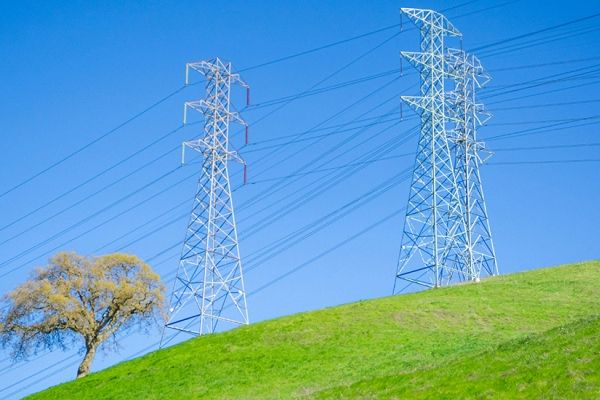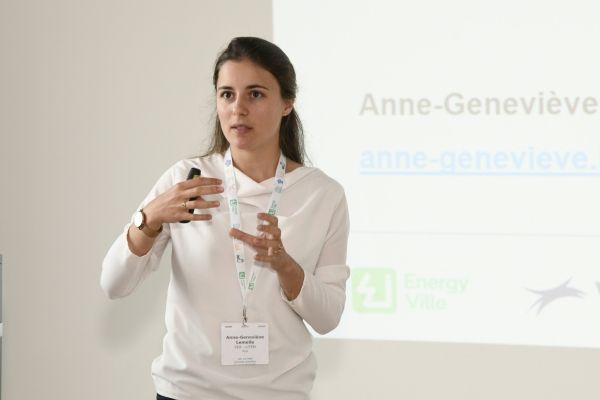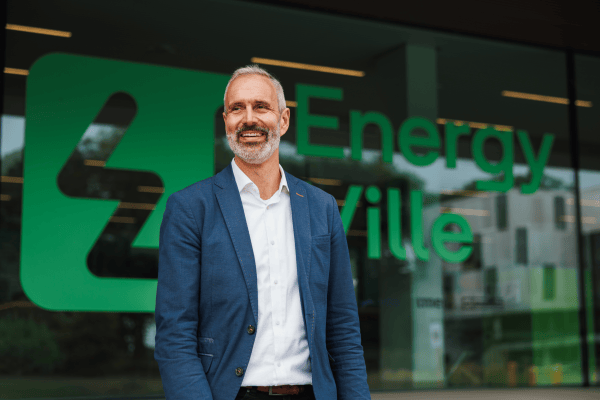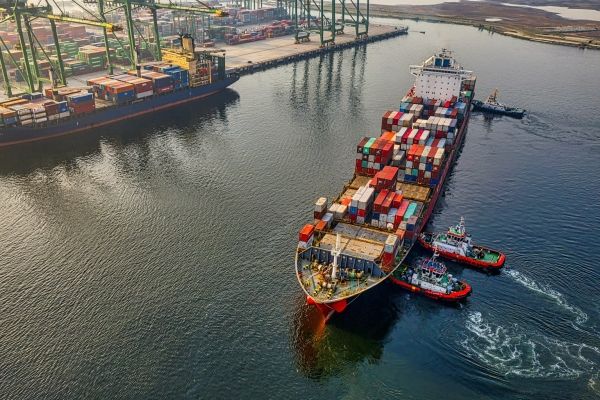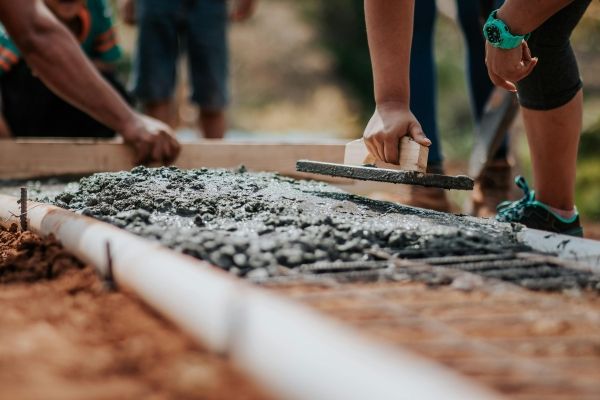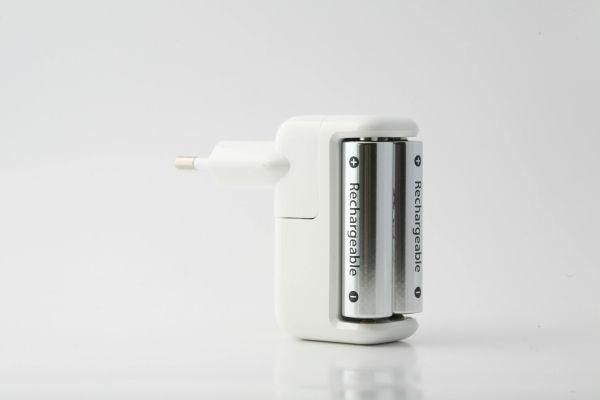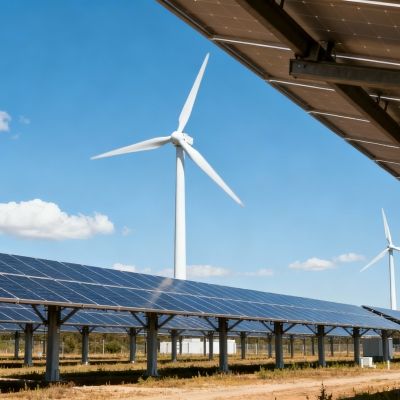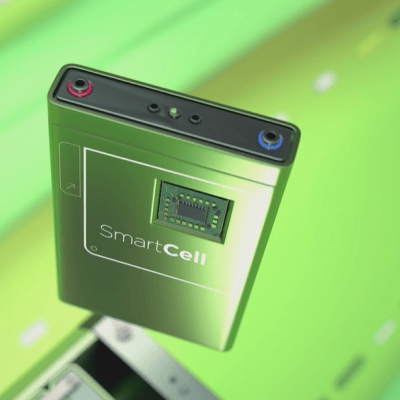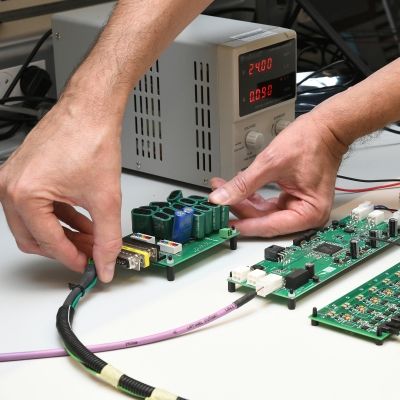Thorpark gets 'living' heat and cold grid
The first so-called fifth-generation thermal network will soon be installed on the EnergyVille site in Genk. This will allow the various buildings on the site - existing and future, old buildings and new construction - to be heated and cooled in a sustainable manner. And this will be based on shallow geothermal energy. Moreover, the buildings will be able to exchange residual heat and cold. The modular character also allows further growth and development of the network. Finally, smart management ensures that customers are supplied with heat and cold 'as a service'.
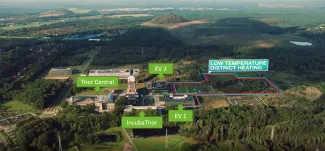
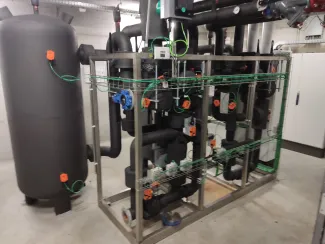
Most heat networks built today in Flanders and in Europe are centrally organised, with one or at most a few central energy sources. Moreover, they mainly supply heat, so customers often have to rely on other energy solutions for cooling. Finally, these traditional heat networks are very rigid: they are usually not planned for upgrades or expansion.
CollecThor
The thermal network that will be built in the next few years at Thorpark in Genk, the home base of EnergyVille, has a different approach. The low-temperature network (also called ambient loop), designed by VITO/EnergyVille and christened CollecThor, will supply not only heat but also cold there. This will allow buildings on the site not only to be sustainably heated but also cooled. The heat and cold will come from underground, where thermal energy will be stored in aquifers (ATES) at a depth of 65 to 85 metres and then, depending on demand, pumped up. 'At that depth, the temperature of the groundwater is stable and suitable for seasonal storage,' says Gert Moermans of VITO/EnergyVille. The ATES systems are spread throughout the network and will be tapped as the network grows in number of users. A decentralised and modular system, in other words.
During summer, cold water will be pumped up from the cold sources to cool the buildings (the cold collector). That water, which thereby warms up, will then be injected into the hot springs. In winter, the system reverses. The hot water will be pumped again and distributed through the warm part of the grid (the hot collector). With the help of heat pumps, its temperature in buildings will be further raised to the right level for heating. After releasing the heat, the cooled water will then flow back to the cold sources via the cold collector, completing the cycle.
The temperatures of the hot and cold collectors will vary throughout the seasons (between 5 and 15 degrees, and 12 and 20 degrees, respectively). Cooling can be done directly with the cold water from the cold collector. Heating, as mentioned, will require heat pumps, and the electricity for this will ideally come from renewable sources, of course. Fossil sources are absent at Thorpark, by the way. The city of Genk deliberately does not provide a gas pipeline to the new buildings on the Science Campus, and the business park as an incentive to go full renewable.
The thermal grid will first and foremost make it possible to balance the heat and cold demand within the connected buildings. But it will also enable the exchange of heat and cold between different buildings, i.e. at network level. This will happen mainly in the in-between seasons (spring and autumn), as mainly cold will be consumed in summer and mainly heat in winter. Because the network circulates both heat and cold and also exchanges them between different buildings, CollecThor is also called a fifth-generation thermal network.
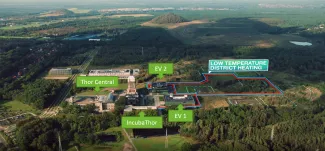
ConstrucThor and Thoreaq
The construction of CollecThor is supported from the Flemish government. The project stems from a call for green heat from the Flemish Energy and Climate Agency. Because of this support, it does come with a hard deadline: by February 2025, the grid must be operational. 'That is why we are starting the construction well in time,' says Moermans. 'Ideally, most of the grid should be in place by the end of 2023, so that we can test run it the following winter.' The construction will be done by Fluvius, which has been involved in this project from the beginning.
The term trial run is appropriate. After all, the grid also serves as a research infrastructure in which various issues around thermal grids can be further developed and demonstrated. These may be technical in nature, such as thermal flexibility (to respond to changing seasons) and heat and cold storage. Or they can be systemic in nature, such as linking new buildings with existing buildings where the latter are still from the last century in terms of energy. This is the case, for example, at Thor Central, the main building of the former mine site. Examples of new buildings that will be connected to the grid, and which are even yet to be built, are a climate-neutral building at KU Leuven (ConstrucThor) and a test facility for housing renovations (Thoreaq) where various innovations will be applied in identical buildings. 'Such research fits completely within the function of Thorpark as a living lab,' says Moermans. The modular nature also makes CollecThor a 'living' thermal grid in a sense. After all, it allows for further expansion and upgrades. And it thus allows the advantages and disadvantages of a gradual roll-out of a thermal grid to be demonstrated in real-world conditions, as well as, for example, staggered investments.
The thermal grid will be unique on another front. Indeed, it will have a smart control and management system. This will give an energy supplier full insight into the energy chain, from the production of heat and cold over its distribution over the grid to the off-take in the various buildings. As a result, the energy supplier will also be responsible for the maintenance of the technical installations. Moermans: 'This allows the company to supply "energy as a service". This gives potential to companies developing innovative products and services for the energy market.' The heat and cold network will thus retain a strong experimental character, reinforcing Thorpark's ambition to become even more of an innovative park focused around sustainable energy.




